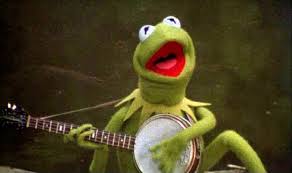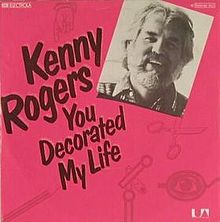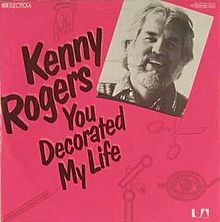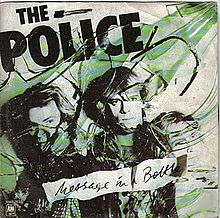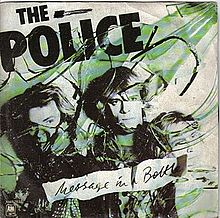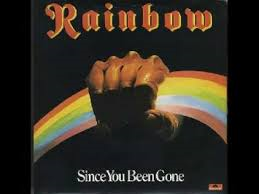 On 5 January 1980, “Since You Been Gone” by Rainbow was at #94, its highest position in the 80s. Its peak position was #57 in 1979.
On 5 January 1980, “Since You Been Gone” by Rainbow was at #94, its highest position in the 80s. Its peak position was #57 in 1979.
Before this week, I’d never heard of Rainbow, let alone “Since You Been Gone,” and I’ll admit that with a name like Rainbow, I was expecting disco. Lame disco. But that’s not what I got when I visited Youtube. Instead I got a fun, if not exceptional, classic rock band belting out a fun, if not exceptional, breakup song. The lyrics are smart; instead of telling us how much he loves her, the singer belts out his angst about waking up in the middle of the night and going out to stand under a streetlight with memories of a bitter Dear John letter in his head. It’s sad and angry and smarter than I was expecting, and though I’m not rushing to Amazon to download it, I can understand why the youth of America wanted to listen to it enough to get it into the Hot 100.
But the bigger surprises came when I went to Wikipedia. The band centered on Ritchie Blackmoore, previously of Deep Purple, and Ronnie James Dio, who has quite a following in the metal world. By 1979, Dio had left the band, but Cozy Powell had already joined the group as drummer, and appears on “Since You Been Gone”. Yeah, fine, this isn’t exactly a super group, but Rainbow nonetheless has a pretty good pedigree, and I’m surprised that I’d not stumbled on them earlier.
The surprises didn’t stop there, though. It turns out that “Since You Been Gone” was written and first performed by Russ Ballard, who’s a pretty prolific song writer; we’ll be hearing a few more of his songs as we progress through the 80s. After clicking on the link above, you can check out Russ Ballard’s original here. I personally prefer Rainbow’s version; I think the glam stylings of Ballard’s original haven’t aged well, whereas Rainbow still rocks.



